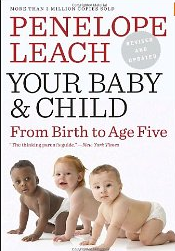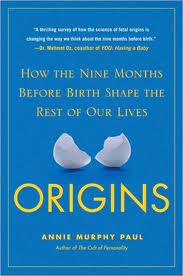Two days ago we attended the first part of “Prenatale Infoavond” (Prenatal Information Evening) session organized by UZA (University Hospital of Antwerp). This is an informational evening session to prepare expectant mothers, and freely available to them (and their relatives); all we had to do was to register ourselves by signing the application form a few weeks before the event. I was curious about this event because I know that UZA has certificate of ‘Baby and Mother-friendly Hospital‘, a program initiated by “UNICEF and the World Health Organization to ensure that all maternities,whether free-standing or in a hospital, become centers of breastfeeding support.” (Recent research indicates that there is strong evidence showing this initiative led to higher level of breastfeeding.)
I must admit that I did not expect such a smooth and information-rich organization. We were greeted by nurses and midwives, on the tables before the auditorium entrance there were very high quality booklets and brochures related to birth, small bottles of oils and creams for mothers and babies. Organizers were also kind enough to provide us with an abundant amount of tea, coffee, orange juice, water, etc.

Prenatale Infoavond @ UZA
The evening consisted of two presentations with a fifteen-minute pause in between. In the first session a senior nurse gave a presentation during which she talked about the labor process before birth and the birth itself. In addition to her slides she showed samples of instruments that may be used during birth such an electrode that can be attached to the baby’s head to record its brainwaves, a vacuum pump that sticks to the baby’s head and guides the baby, etc. There were more than one of each instrument and everybody had the chance to examine them by themselves. Meanwhile the nurse continued to give information about the labor process, what kind of hormones are involved, how the bonding between the mother and child (as well as father and child) is established (the child is directly and nakedly placed on the chest of the mother) and what the mothers should be expecting at the preparation and labor room.
More





